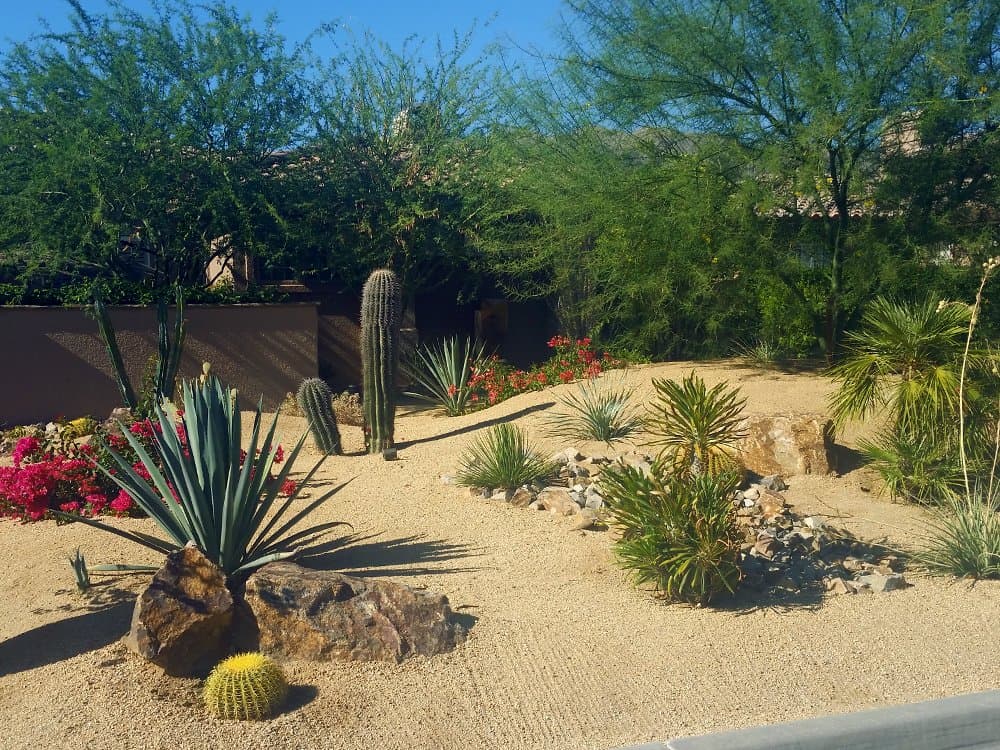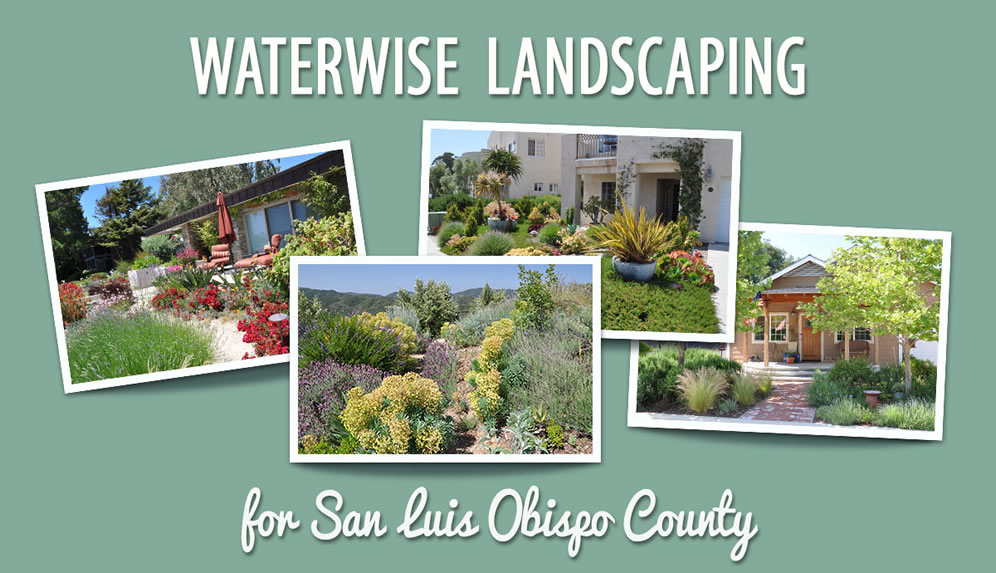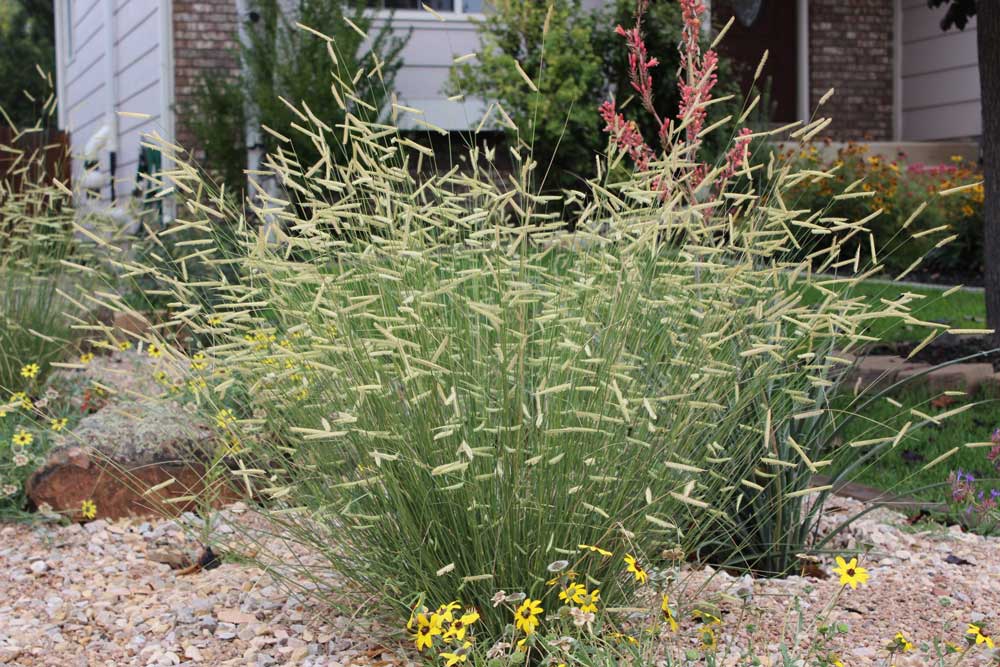All Categories
Featured
Table of Contents
- – Local Landscape Designers West Covina, CA
- – Pacific Green Landscape Maintenance
- – Landscape Consulting West Covina, CA
- – Design Landscape West Covina, CA
- – Backyard Landscaping Company West Covina, CA
- – Backyard Landscaping Company West Covina, CA
- – Green Landscaping Company West Covina, CA
- – Local Landscape Designers West Covina, CA
- – Landscape Design Services West Covina, CA
- – Front House Landscaping West Covina, CA
- – Landscape Design Company West Covina, CA
- – Landscape Design Services West Covina, CA
- – Landscape Design Planner West Covina, CA
- – Local Landscape Designers West Covina, CA
- – Construction Landscaping West Covina, CA
- – Pacific Green Landscape Maintenance
Local Landscape Designers West Covina, CA
Pacific Green Landscape Maintenance
6530 Whittier Ave Whittier, CA 90601-3919(562) 203-3567
Pacific Green Landscape Maintenance
Select plants based upon elevation, width, shape, color, and type that will best aid achieve the style objectives. Plants can be used to conserve power or water, block undesirable views or sound (dense plant material), control disintegration on steep slopes (lower growing groundcovers) and bring in birds, butterflies and bees. There are several sources for water-wise plant checklists and tree option that are searchable by wanted features and water use.
This does not always suggest that water-wise landscapes are made up entirely of indigenous plants. Some indigenous plants, such as Aspen, do not typically do well at the altitudes and water degrees in most gardens as they are adapted to high elevations and wet-meadow circumstances. There are many plants from various other completely dry regions all over the world that are well-adapted to match the low-water requirements of our area.
Also, keep in mind that smaller plants have a tendency to have reduced water needs than larger plants. Think of the timing of the foliage, blossom and seed head displays of the planting material to make certain interest year round. Try to Integrate springtime, summer season and drop interest in each planting group to make sure that no place in the landscape looks bare.
Lawns have many advantages including cooling impacts, erosion control, water filtering and water infiltration. Lawns can hold up against trampling and play that no other plant can deal with.
Landscape Consulting West Covina, CA
There are lots of low-water turf types readily available. With careful choice and effective watering, grass can be an integral part of the low-water landscape. Of the 7 guiding principles of water-wise landscaping (a.k.a. Xeriscaping), the most controversial includes the usage of turfgrass in the landscape. Sometimes it has actually seemed that water-wise landscape design might not permit the use of turfgrasses in all.
Buffalo grass (right) is a good lawn choice for Intermountain landscapes. The reason that turfgrass is discussed especially in water-wise landscaping standards is that there is excellent prospective for over-irrigation of turfgrasses. Unlike other plants that exhibit the tensions of over-watering readily, turfgrass has the ability to hold up against a lot of over-irrigation without showing indicators of stress.
Design Landscape West Covina, CA
These facts coupled with a "extra is always better" perspective towards landscape irrigation, incline turfgrass areas to over-irrigation. Landscape Design Companies West Covina. Turfgrass has some very certain benefits in the landscape. As an example, it is the only landscape plant product that can hold up against the anxieties of web traffic and mowing that are generally related to it.
One such benefit is a reduction in the quantity of surface runoff water. An average golf program, for example, can soak up 4 million gallons of water throughout a 1-inch rainstorm.
Backyard Landscaping Company West Covina, CA

If the only time a lawn area receives website traffic is when it's mowed, perhaps a lower maintenance plant would certainly work in that location. This publication likewise discusses the features and applications of typically made use of turfgrass types in Utah.
If the turfgrass is not carrying out a useful function, does it actually require to be watered? In these types of locations, there are several various other plants that are more sensible selections.
Become acquainted with the actual water needs of the turfgrass and don't surpass them. Mowing at a height of 2 or 3 inches will certainly motivate much deeper rooting and boosted warmth and dry spell tolerance. Correct fertilizing will certainly additionally support healthy and balanced turfgrass and permit it to endure the stress and anxieties of heat and drought better.
Backyard Landscaping Company West Covina, CA
When these guidelines are complied with, turfgrass becomes a suitable, useful, and lovely component of the water-wise landscape. Compost can offer many benefits in water-wise landscapes. Mulch covers the dirt and avoids crusting, compaction, and water evaporation, while likewise supplying an important visual design element. Selecting the right mulch for the scenario is dependent on plant option, watering routine and site use.
Compost covers the dirt and prevents crusting, compaction, and water evaporation. Compost can provide numerous benefits in water-wise landscapes. Compost covers the soil and protects against crusting, compaction, and water evaporation. Actually, mulching around trees, shrubs, and in flower beds can result in a ten-fold decrease in evaporative water loss from soil.
Green Landscaping Company West Covina, CA

With fewer weeds, much less growing is required, which can stop damages to plant origins, soil framework, and dirt microorganisms. In enhancement, compost moderates soil temperature level and safeguards plant roots.
Organic composts include materials such as wood or bark chips, shredded bark, nut coverings, pine needles, or various other disposed of plant parts. These materials have the possible to boost soil framework, increase soil fertility, prevent compaction, and increase soil natural matter as they break down and are incorporated into the soil.
To ensure adequate water infiltration and aeration and to reduce disintegration, see to it mulch fragments are larger than the underlying soil fragments (typically bigger than a fifty percent inch in diameter). Recycled plant products need to be without weed seeds, disease-causing organisms, and pesticide and herbicide deposits. You can either use healthsome plant parts that have not been chemically dealt with, or you can compost your compost before use.
Nitrogen loss can be stayed clear of by making use of composted mulch or by adding nitrogen at a rate of 1-2 pounds real N per 1000 ft2. In time, organic composts break down and will need to be replenished. Replenishment can be completed just by including more mulch over the top of the broken down mulch product.
Local Landscape Designers West Covina, CA
The decision concerning which to use will depend upon the type of landscape, the factor for its use, and its accessibility. Instances consist of gravel or crushed stone, lava rock, recycled rolled glass, and cobblestones of different sizes, forms, and colors. The size of not natural mulch fragments ought to match the range of the landscape.
A 2-inch thick layer of mulch calls for regarding 6 cubic lawns of product per 1000 square feet of area. Leave a couple of inches of mulch-free location around the base of woody plants to avoid origin collar illness and rodent damage. The very best time to use mulch is immediately after planting in the autumn, or in the springtime after the soil has warmed up.
In addition to preserving water, proper irrigation can motivate deeper origin development and much healthier, more drought forgiving landscapes. An important element of water-efficient landscaping is developing hydrozones for your watering requires. To offer ample water to all plants without over or under-watering some, team plants with comparable watering needs in one zone.
Landscape Design Services West Covina, CA
One more crucial facet of watering planning includes regular upkeep of the system. Month-to-month exam of the irrigation system, while being used, will certainly help you to discover and repair any kind of busted, misaligned, or clogged up lawn sprinkler heads and keep your system running efficiently. Drip Watering systems includes plastic pipes with emitters that deliver water directly to plants.

Plan and layout watering systems to ensure that turfgrass areas are irrigated independently from various other landscape plants. There are a number of sources readily available to determine the suitable sprinkling timetable for lawn areas in Utah. from the Utah Department of Water Resources from the Utah Division of Water Resources Trees and shrubs have much deeper and extra comprehensive origin systems than turfgrass so they need to be sprinkled less often yet for longer time periods.
The amount of water to apply in any scenario depends on the soil kind. Sandy dirts take in water the fastest (regarding 2" per hour), complied with by loam soils (3/4" per hour).
Front House Landscaping West Covina, CA
By enabling water to permeate deeper into the soil account, you are urging deeper rooting and a more drought tolerant plant. Constant, light watering will certainly bring about plants that have a superficial origin system and that are more vulnerable to water stress. When making use of automatic sprinkler about 1/2 -1 inch of water may be required weekly for shrubs and smaller trees (
Just like lawn sprinkler, flush the drip system prior to running it by getting rid of the emitters and allowing water run via the tubes for a few minutes to clear out any type of dust and debris. Replace emitters and run the system, one shutoff each time, to check for problems. Fundamental winterization of a sprinkler system is rather simple.
Each shutoff must be turned on to release stress in the pipelines and water ought to be drained from the system to safeguard any parts that can freeze. Your system might have drainpipe valves that can be opened up for drain, or you might have to blow out the system utilizing air.
Landscape Design Company West Covina, CA
Examine your water supply at the beginning of the season to adjust any kind of heads and see to it there was no damage over the wintertime. The Water Check program deals complimentary irrigation checks in lots of Utah areas. To figure out more, or to figure out just how to examine your system yourself, go to the CWEL Water Check page.
A weed is merely a plant out of area. With that said in mind, any kind of plant can be a possible weed if it crowds out or makes use of up sources required for preferable plants. Landscape Design Companies West Covina. Some "slender" plants come to be such a trouble that they end up being stated "toxic" in a certain area
Bear in mind that water made use of by a weed is not available to preferable plants. Weeds can be annuals (sprout, reproduce, and die in one season) or perennials (make it through over many years). It is necessary to find out to acknowledge and categorize weeds in the seedling phase due to the fact that this will establish your ideal control alternatives.
Landscape Design Services West Covina, CA
Annual weeds that haven't gone to seed can be composted, yet perennial weeds ought to always be disposed of in the trash. Hoeing and tilling are options to hand-pulling, yet treatment needs to be taken around established growings so you don't interrupt or damage the origins of desirable plants. should be utilized around landscape plants to hinder weeds and conserve water.
Weed seed startings that do turn up in mulched locations are much simpler to hand-pull, as long as you capture them early. Organic composts will certainly require to be freshened routinely as they slowly decompose. Do this by roughing up the old compost and including a light layer of brand-new mulch over the top.
Landscape Design Planner West Covina, CA
Similar to lawn sprinkler, purge the drip system before running it by eliminating the emitters and letting water go through the tubes for a couple of mins to eliminate any dust and particles. Change emitters and run the system, one shutoff at a time, to look for problems. Fundamental winterization of an automatic sprinkler is quite basic.
Each shutoff needs to be turned on to launch stress in the pipelines and water ought to be drained from the system to secure any components that can ice up. Your system might have drain shutoffs that can be opened up for drainage, or you might have to burn out the system using air.
Local Landscape Designers West Covina, CA
Examine your water system at the beginning of the period to adjust any kind of heads and make certain there was no damages over the winter. The Water Inspect program deals totally free irrigation checks in many Utah counties. To figure out a lot more, or to locate out exactly how to check your system on your own, go to the CWEL Water Inspect web page.
A weed is merely a plant misplaced. With that in mind, any plant can be a prospective weed if it crowds out or consumes sources required for preferable plants. Some "small" plants come to be such a trouble that they finish up being declared "noxious" in a specific region.
Keep in mind that water made use of by a weed is not available to desirable plants. Weeds can be annuals (sprout, duplicate, and pass away in one season) or perennials (endure over several years). It is essential to find out to recognize and classify weeds in the seedling phase due to the fact that this will certainly identify your best control choices.
Yearly weeds that haven't gone to seed can be composted, yet perennial weeds should always be discarded in the trash. Hoeing and tilling are alternatives to hand-pulling, however care has to be taken around developed plantings so you don't disturb or ruin the roots of desirable plants. need to be utilized around landscape plants to inhibit weeds and save water.
Construction Landscaping West Covina, CA
Pacific Green Landscape Maintenance
Address: 6530 Whittier Ave Whittier, CA 90601-3919Phone: (562) 203-3567
Email: pacificgreencompany@gmail.com
Pacific Green Landscape Maintenance
Weed seed startings that do show up in mulched areas are a lot easier to hand-pull, as long as you catch them early. Organic mulches will certainly require to be freshened on a regular basis as they slowly decompose. Do this by roughing up the old compost and including a light layer of brand-new mulch over the top.
Construction Landscaping West Covina, CAFront House Landscaping West Covina, CA
Landscape Companies In California West Covina, CA
Backyard Landscaping Company West Covina, CA
Landscape Designer West Covina, CA
Local Landscape Designers West Covina, CA
Landscaping Design Company West Covina, CA
Landscaping Design Company West Covina, CA
Yard Design West Covina, CA
Landscape Companys West Covina, CA
Green Landscaping Company West Covina, CA
Landscape Design Companies West Covina, CA
Landscape Design Planner West Covina, CA
Landscape Companys West Covina, CA
Landscaping Designers West Covina, CA
Landscaping Designers West Covina, CA
Landscape Companies In California West Covina, CA
Green Landscaping Company West Covina, CA
Landscape Design & Construction West Covina, CA
Landscape Companies In California West Covina, CA
Landscape Design Installation West Covina, CA
Drought Tolerant Landscape Design West Covina, CA
Design And Build Landscape West Covina, CA
Water Wise Landscaping West Covina, CA
Design And Build Landscape West Covina, CA
Construction Landscaping West Covina, CA
Landscape Companies In California West Covina, CA
Landscape Design And Installation West Covina, CA
Landscape Consultants Near Me West Covina, CA
Landscape Companys West Covina, CA
Design Landscape West Covina, CA
Water Wise Landscaping West Covina, CA
Landscape Companys West Covina, CA
Construction Landscaping West Covina, CA
Design Landscaping West Covina, CA
Landscape Companys West Covina, CA
Landscape Consultants Near Me West Covina, CA
Green Landscape West Covina, CA
Local Landscape Designers West Covina, CA
Design Landscaping West Covina, CA
Landscaping Design Company West Covina, CA
Landscape Design Companies West Covina, CA
Landscape Companys West Covina, CA
Landscaping Design Company West Covina, CA
Landscape And Design West Covina, CA
Landscape Designers In My Area West Covina, CA
Yard Design West Covina, CA
Landscaping Designers West Covina, CA
Landscape Design Services West Covina, CA
Design Landscape West Covina, CA
Landscape Design And Installation West Covina, CA
Construction Landscaping West Covina, CA
Landscape Companies In California West Covina, CA
Green Landscaping Company West Covina, CA
Landscape Designers West Covina, CA
Landscape Consulting West Covina, CA
Landscape Design Installation West Covina, CA
Landscape Design And Construction West Covina, CA
Design And Build Landscape West Covina, CA
Landscape Consulting West Covina, CA
Landscape And Design West Covina, CA
Landscape Design And Construction West Covina, CA
Landscaping Design Company West Covina, CA
In My Area Seo Services Pricing West Covina, CA
Close To Me Seo Services West Covina, CA
Pacific Green Landscape Maintenance
Table of Contents
- – Local Landscape Designers West Covina, CA
- – Pacific Green Landscape Maintenance
- – Landscape Consulting West Covina, CA
- – Design Landscape West Covina, CA
- – Backyard Landscaping Company West Covina, CA
- – Backyard Landscaping Company West Covina, CA
- – Green Landscaping Company West Covina, CA
- – Local Landscape Designers West Covina, CA
- – Landscape Design Services West Covina, CA
- – Front House Landscaping West Covina, CA
- – Landscape Design Company West Covina, CA
- – Landscape Design Services West Covina, CA
- – Landscape Design Planner West Covina, CA
- – Local Landscape Designers West Covina, CA
- – Construction Landscaping West Covina, CA
- – Pacific Green Landscape Maintenance
Latest Posts
Swamp Cooler Motor Repair Monterey Park
Sunland Commercial Kitchen Ventilation
North Hills Restaurant Hood Cleaning Service
More
Latest Posts
Swamp Cooler Motor Repair Monterey Park
Sunland Commercial Kitchen Ventilation
North Hills Restaurant Hood Cleaning Service